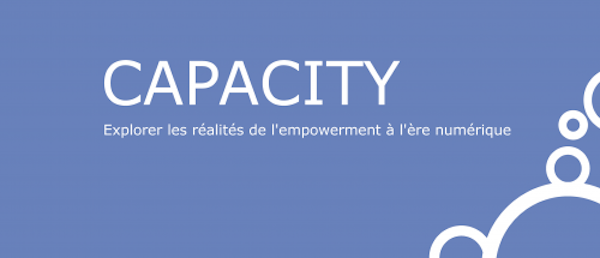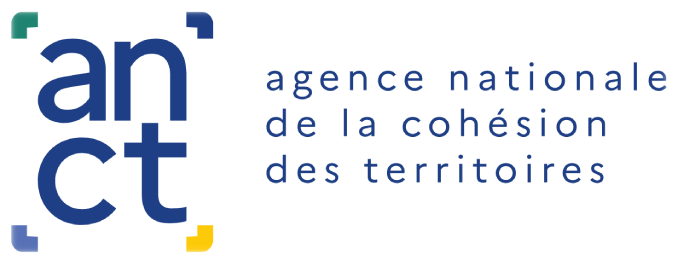Ever since the digital age, the question of the social inequalities that it can reinforce or reduce has most often been asked from the angle of catching up, of bridging the digital divide. Many social prejudices surround this vision according to which the majority would be "inside" and a minority of laggards, poorer, older, less educated, "outside".
However, people who are homeless, disabled or illiterate find support in digital technology to strengthen their autonomy.
Conversely, wealthy people use digital technology little or poorly, or have difficulty with their documents and their use of digital services.
To what extent, and under what conditions, can digital technology prove to be an enabler or, on the contrary, a factor of inequality?This question was the focus of the Capacity research projectThis question was at the heart of the Capacity project, conducted in 2015 and 2018 by the Fing, the GIS M@rsoin, the University of Rennes 2 and IMT Atlantique.With the support of the French National Research Agency (ANR), the Capacity project sought, between 2015 and 2018, to highlight the factors and degrees of power to act:"what makes the digital strengthen or weaken us, consolidate our social ties or not, give us better access to knowledge or saturate us with information? Which physical and online devices will prove to be conducive to our projects and choices?".
10 monographs and a national survey
To understand the realities of "power to act" in a digital regime, Capacity relied in particular on :- 10 sites giving rise to monographs: an evening reception centre for homeless people, social centers and/or digital public spaces (Saint-Etienne, Brest, Lorient, Paris), two "Grande École du numérique" schemes (Rennes and Marseille), two public e-inclusion policies (Brest and Saint-Etienne), a small rural municipality in central Brittany and a panel of SMEs and companies in the digital sector in Brittany;
- A national survey conducted by Marsouin (2000 people representative of the French population), with the support of the Agence du Numérique
- Modeling work, by comparing theoretical approaches and taking into account territorial contexts and fieldwork.
A framework for analysis
Capacity has developed a framework for analyzing an enabling configuration through three levels of analysis: political intention, the device and the actor-subject."The articulation of these three levels of analysis makes it possible to identify the configurations in which the potential of digital cultures is converted into power to act and those in which it remains an unfulfilled promise or even a multiplier of inequalities generating suffering (phenomena of social downgrading, negative subjectivation, reification).- "On the policy side, it is mainly about analyzing the political intentions andrepresentations that underlie it (both representations of the digital and representations of the targeted publics). It seems interesting to retrace the stages of the political agenda of "inclusive" digital technology and to unravel the issues at stake.
- On the side of the devices, The aim is to see how political intentions are interpreted and appropriated by field actors and embodied in mechanisms that are both constraining and potentializing, to produce an analysis of "cobbled together" practices.
- On the side of the trajectories of people, finally, it is a question first of seeing what makes it possible to identify the processes of empowerment in terms of socialization, learning, insertion, access to employment, project, democratic participation, etc. (indicators of empowerment) and then of seeing what differentiates these processes: at the level of the person (what the uses of Internet change in the organization of the daily life, in the sociabilities and in the potentialities of access to the resources) and of its interaction with the devices embodying a political intention.
Observations and results
The Capacity team has just published a synthesis of its work."The Capacity project has shown that the configurations that are conducive to digital empowerment can be analysed from three angles: political intention, the device and the individual and collective trajectories of people.The articulation of these three levels of analysis makes it possible to identify the configurations in which the potential of digital cultures is converted into power to act and those in which it remains an unfulfilled promise or even a multiplier of inequalities that generates suffering (phenomena of social downgrading, negative subjectivation, reification).This analytical framework opens up new avenues for designing new public policies (inclusion, innovation, regional planning, etc.) and for supporting "practitioners" in the direction of empowerment.
Références :





